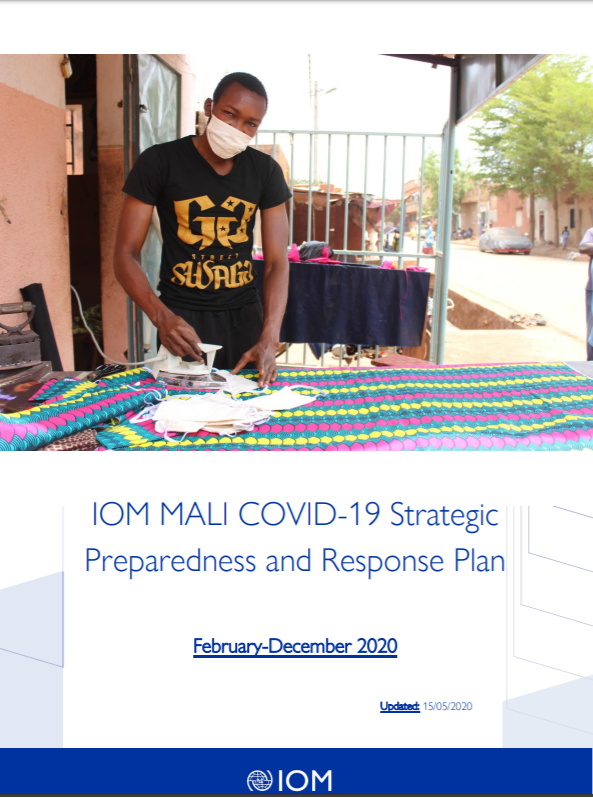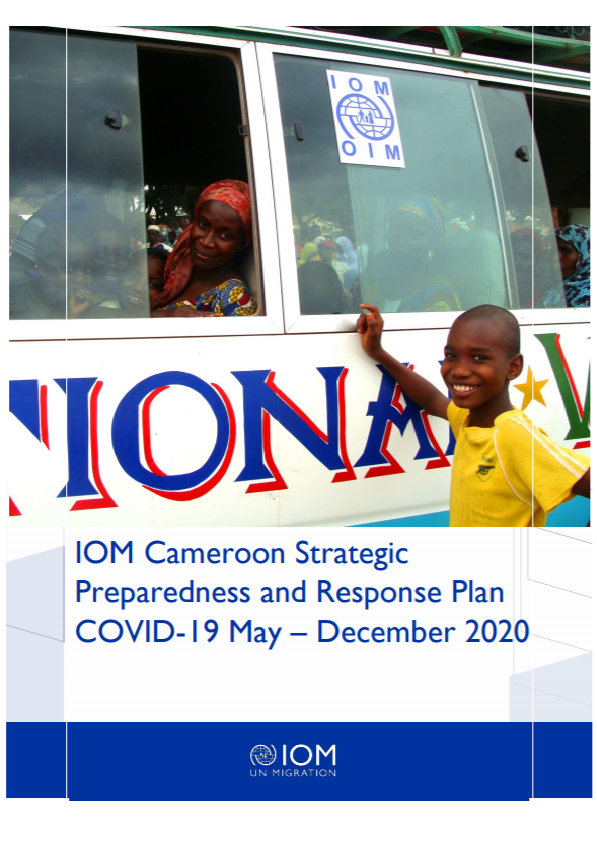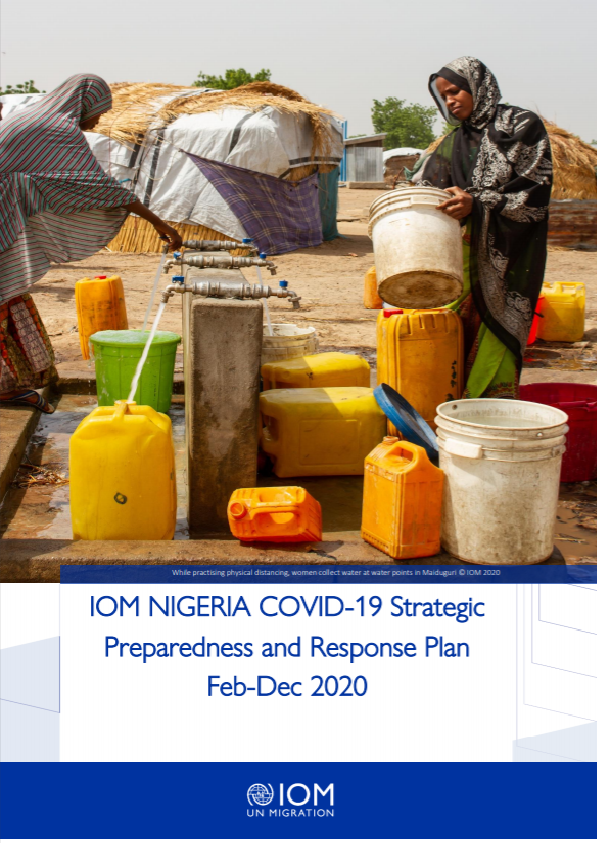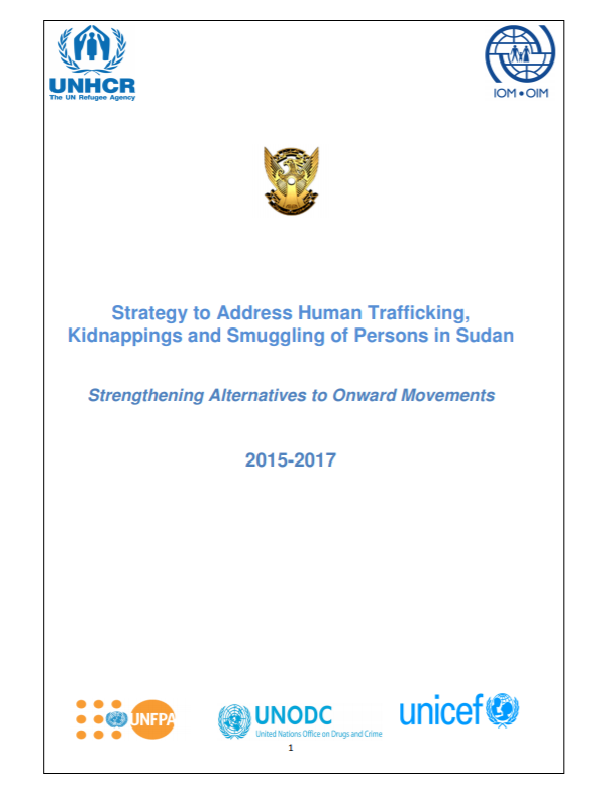IOM Mali COVID-19 Strategic Preparedness and Response Plan February-December2020

Since the beginning of the pandemic, IOM Mali has been working closely with the Ministry of Health and Social Affairs of Mali (MHSA) and the World Health Organization (WHO) to strengthen prevention and intervention against COVID-19 in Mali. Based on IOM’s similar experience during the EVD crisis, the same
model at the border points and “sanitary cordons” is being evaluated to assist the Malian Government in this current pandemic.
IOM is also coordinating its COVID-19 response with the United Nations Country Team (UNCT), the Humanitarian Country Team (HCT) and the United Nations Country Team for Security and Health. Through a reallocation of existing funds and reprograming of ongoing activities, IOM Mali has ensured rapid contribution to national COVID-19 responses. As such, a rapid assessment to evaluate the needs and response capacities to COVID-19 at 13 border crossing points, six internal transit points, 16 sanitary cordons throughout Mali has been put in place and continues to be evaluated weekly. IOM is also conducting training of border agents in the Southern part of Mali on COVID-19 prevention and protection measures. Moreover, IOM continues to carry out awareness raising activities towards IDPs and migrants in Mali regarding COVID-19 preventive measures as well as to provide sanitary and hygiene kits. IOM Mali has additionally enhanced its assisted voluntary programme to respond to the needs of stranded migrants who are unable to return to their country of origins. To effectively support the Government of Mali in its response to and recovery from this pandemic, it is crucial that dedicated COVID-19 response and recovery programmes are put in place to capitalize on efforts to fight this pandemic
Country
Worldwide
Region
Worldwide
Year
2020
Topics
Category








